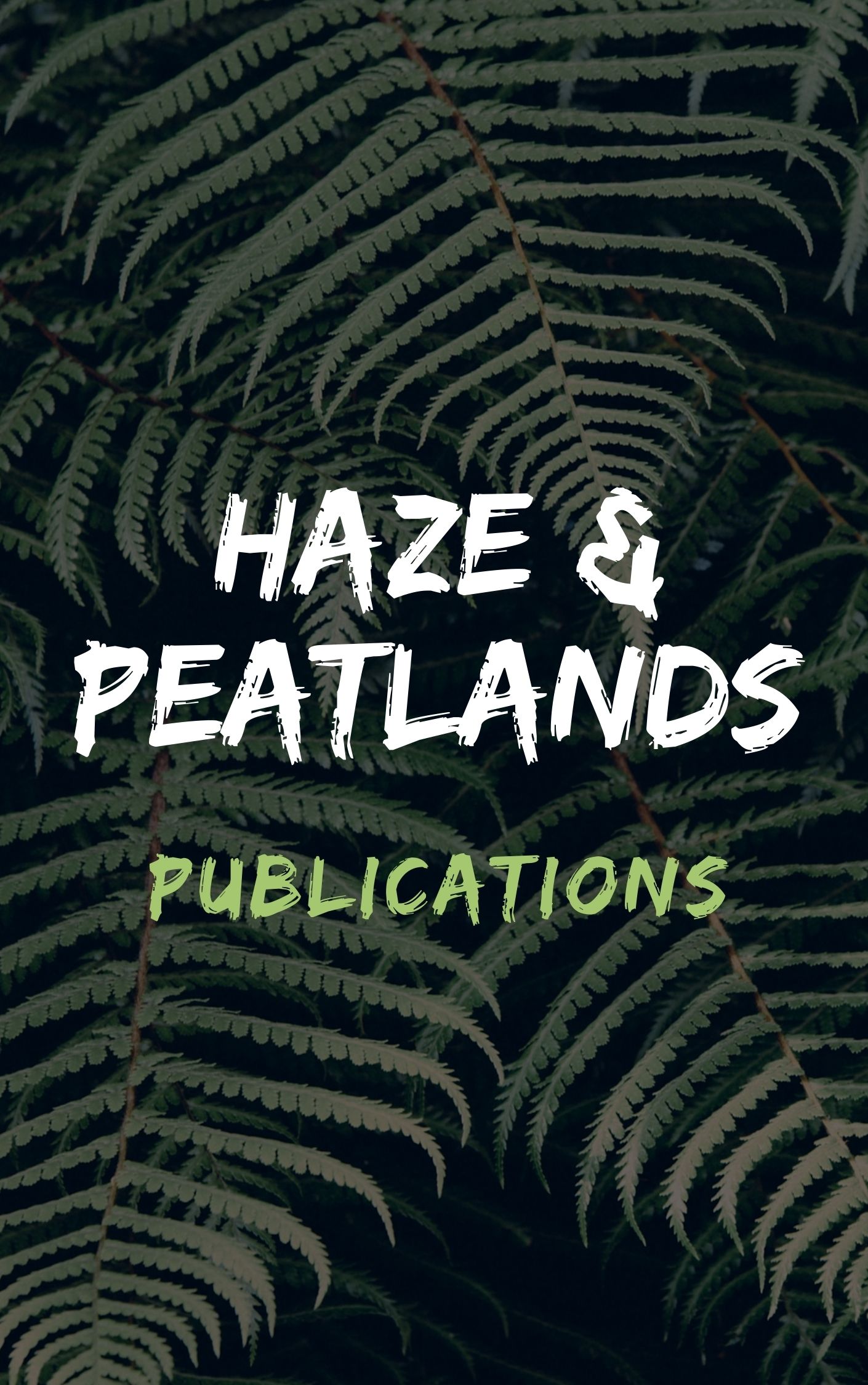In this study, we quantified carbonaceous PM2.5 in Malaysia through annual observations of PM2.5, focusing on organic compounds derived from biomass burning. We determined organic carbon (OC), elemental carbon and concentrations of solvent-extractable organic compounds (biomarkers derived from biomass burning sources and n-alkanes). We observed seasonal variations in the concentrations of pyrolyzed OC (OP), levoglucosan (LG), mannosan (MN), galactosan, syringaldehyde, vanillic acid (VA) and cholesterol. The average concentrations of OP, LG, MN, galactosan, VA and cholesterol were higher during the southwestern monsoon season (June-September) than during the northeastern monsoon season (December-March), and these differences were statistically significant. Conversely, the syringaldehyde concentration during the southwestern monsoon season was lower. The PM2.5 OP / OC4 mass ratio allowed distinguishing the seven samples, which have been affected by the Indonesian peatland fires (IPFs). In addition, we observed significant differences in the concentrations between the Indonesian peatland fire (IPF) and other samples of many chemical species. Thus, the chemical characteristics of PM2.5 in Malaysia appeared to be significantly influenced by IPFs during the southwestern monsoon season. Furthermore, we evaluated two indicators, the vanillic acid / syringic acid (VA / SA) and LG / MN mass ratios, which have been suggested as indicators of IPFs. The LG / MN mass ratio ranged from 14 to 22 in the IPF samples and from 11 to 31 in the other samples. Thus, the respective variation ranges partially overlapped. Consequently, this ratio did not satisfactorily reflect the effects of IPFs in Malaysia. In contrast, the VA / SA mass ratio may serve as a good indicator, since it significantly differed between the IPF and other samples. However, the OP / OC4 mass ratio provided more remarkable differences than the VA/SA mass ratio, offering an even better indicator. Finally, we extracted biomass burning emissions' sources such as IPF, softwood/hardwood burning and meat cooking through varimax-rotated principal component analysis.
View source

